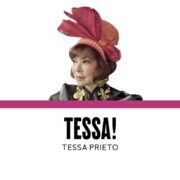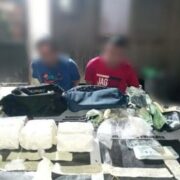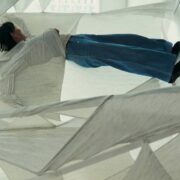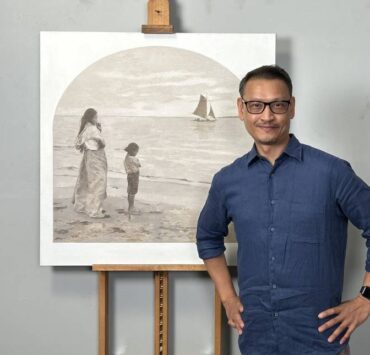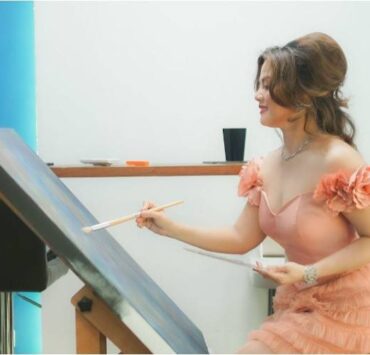Mosaics meet wax: Dialogue between 2 women artists
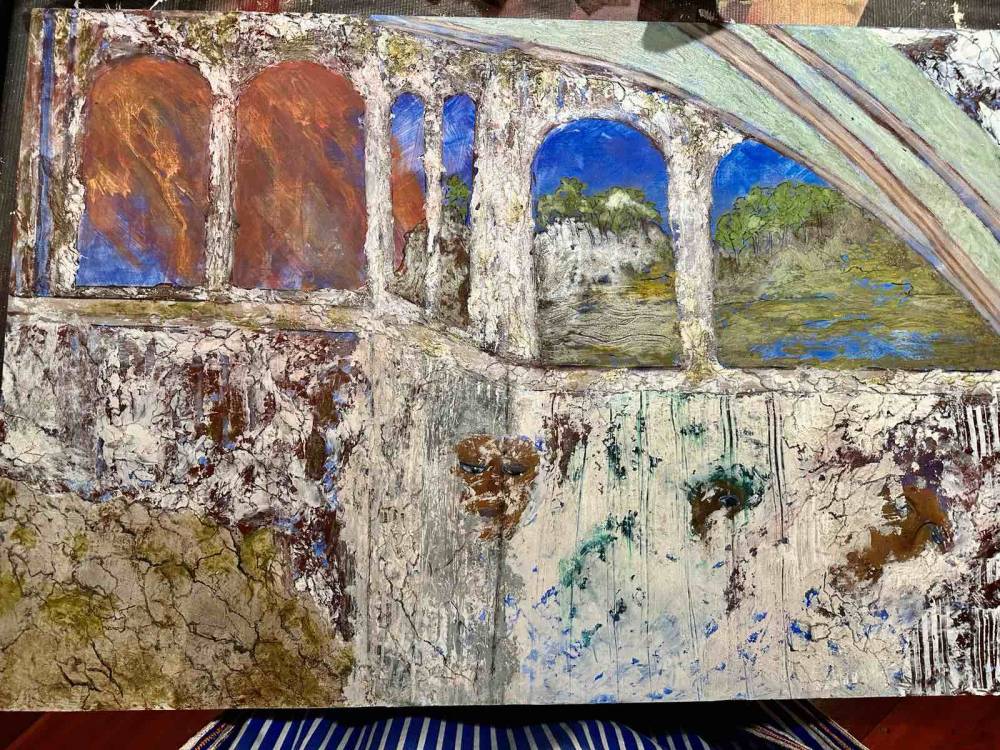
Lisa de Leon-Zayco and Tats Rejante Manahan, two artists deeply engaged with material and process, come together for “Waxing Wonders, Fragmented Thoughts,” an exhibit that explores the interplay of structure and spontaneity in contemporary art. The exhibit runs till Feb. 28 at J. Studio, Pasillo 18, La Fuerza Gate 1 Compound, Makati City.
Both artists draw inspiration from ancient decorative traditions, yet their approaches remain distinctly modern. De Leon-Zayco’s mosaic work transforms rigid materials into fluid compositions, while Manahan’s cold wax and wax resist paintings create textural depth and dynamic movement. Their combined showcase presents a compelling contrast between control and unpredictability, precision and improvisation.
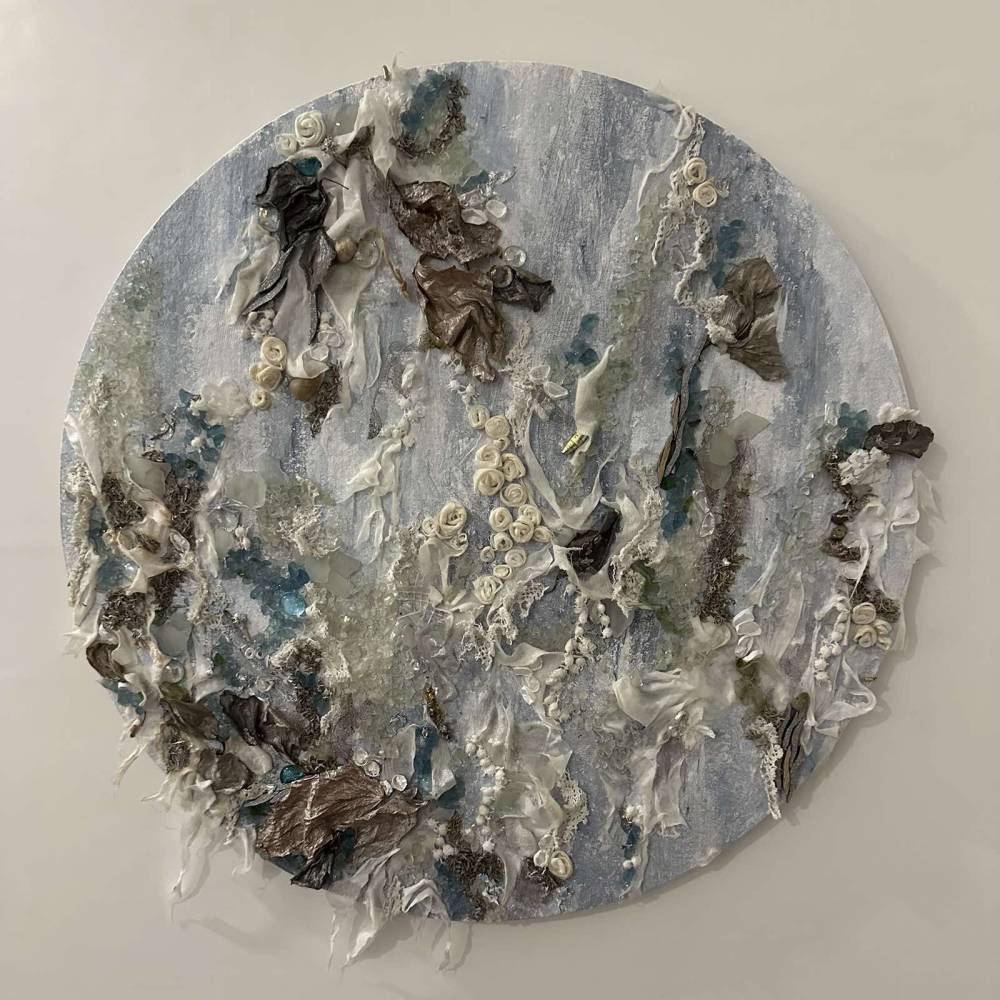
Mosaic mastery
Mosaic, an art form that dates back to classical antiquity, takes on a fresh and distinctly Filipino interpretation in the hands of De Leon-Zayco. Unlike painting, where a single brushstroke can be completed in a second, mosaics demand painstaking effort—each tile carefully selected, cut, and arranged to create a seamless composition.
“For a single brushstroke in mosaic, it takes at least 30 minutes,” De Leon-Zayco explains. “You have to blend colors by selecting the right tiles, breaking them into the right size, and arranging them to achieve the desired effect.”
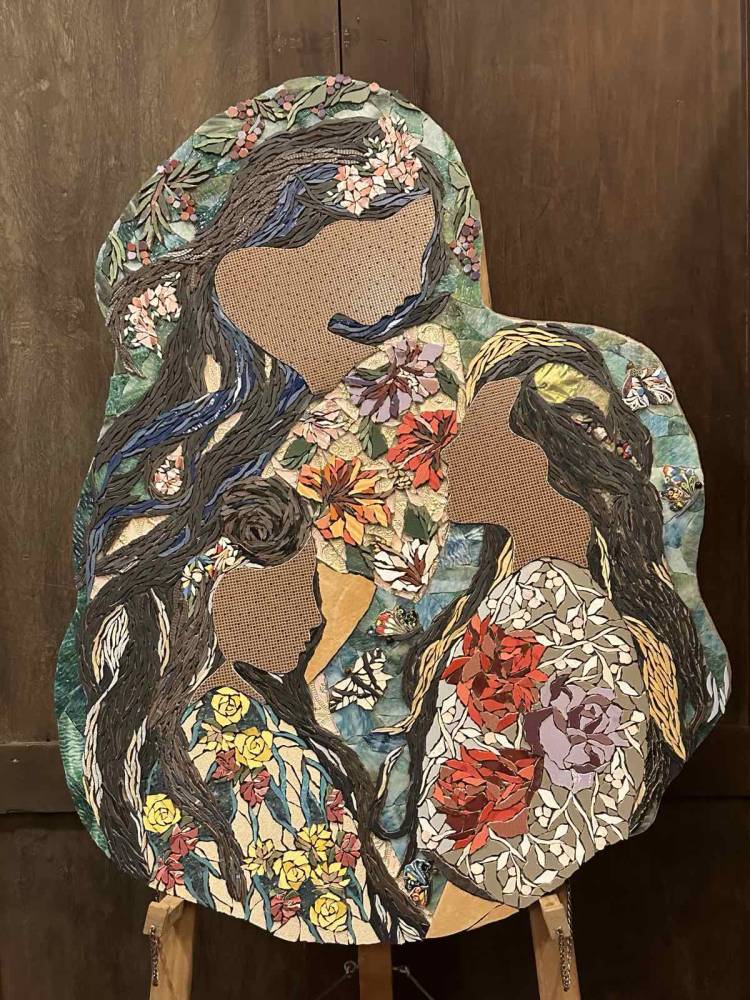
Despite mosaic’s labor-intensive nature, De Leon-Zayco embraces the challenge, seeing a parallel between mosaic-making and her own journey of resilience. “Only in brokenness are we made whole, just like mosaics,” she reflects.
Her work elevates an art form often associated with European traditions and adapts it to a Filipino context. She draws from local themes, ensuring that her art remains culturally relevant while introducing audiences to the beauty and intricacy of mosaic as a contemporary medium.
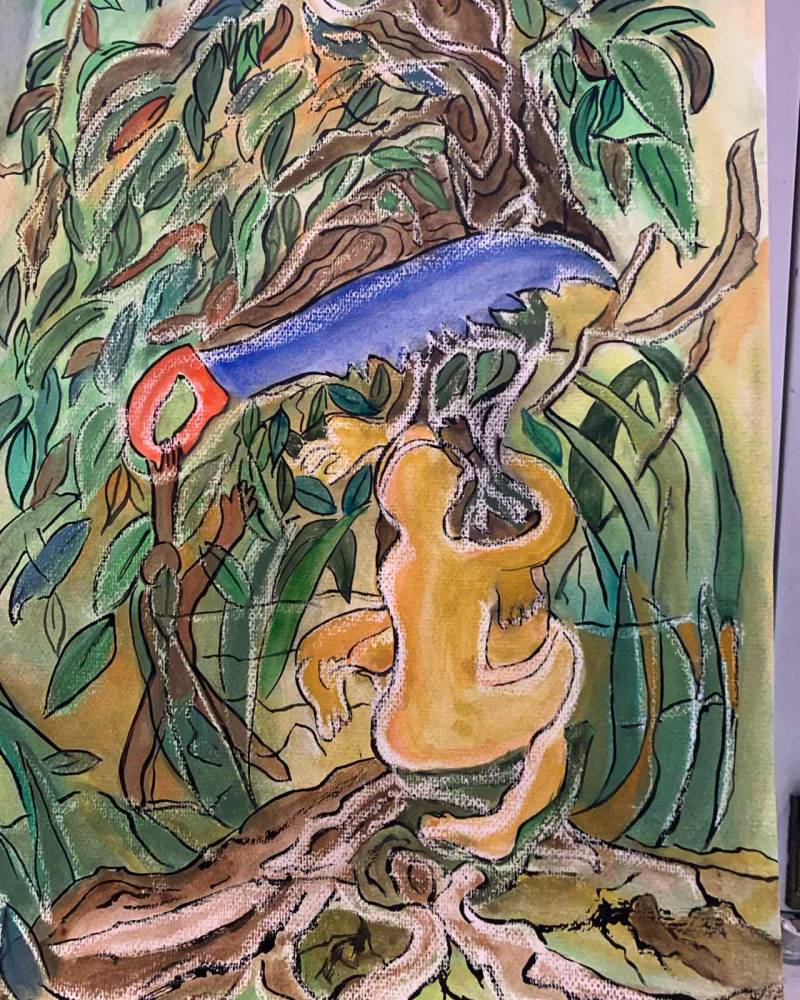
Alchemy of wax and pigment
Manahan, a surface decorator and heritage advocate, brings a distinct approach to wax-based painting. Unlike encaustic painting, which requires molten wax, her cold wax technique allows for rich textural layering without heat. The cold wax medium, made from beeswax, solvent, and resin, mixes with oil paint to create a buttery consistency that can be applied with palette knives, brushes, or even scraped onto surfaces.
Wax resist, another technique she employs, involves applying wax to specific areas of the canvas before adding layers of pigment. The wax repels the paint, creating unexpected patterns and organic forms that add an element of surprise to the composition.
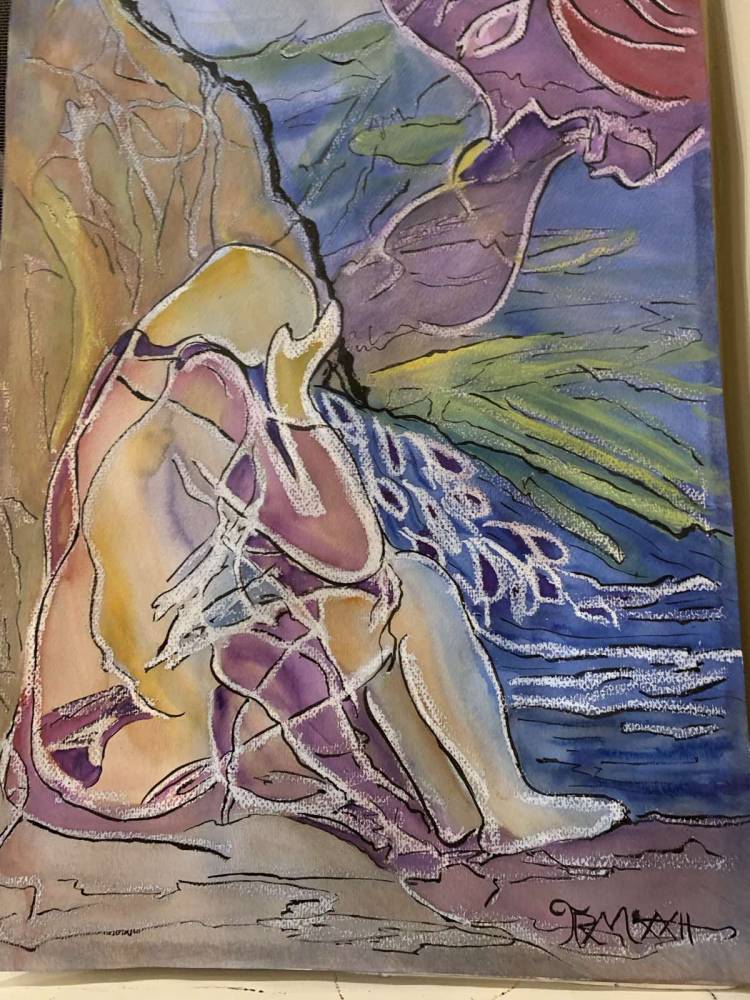
By integrating these techniques, Manahan’s paintings achieve a balance between intention and accident. Her work evokes the passage of time, with layers of color and texture revealing themselves gradually, much like weathered frescoes from bygone eras.
Though working in different mediums, De Leon-Zayco and Manahan share a deep respect for process-driven art. Their works demand patience and technical mastery, yet they leave room for spontaneity and discovery.
“Waxing Wonders, Fragmented Thoughts” is not just an exhibit of two artists but a conversation between materials, techniques, and histories. The show offers a fresh appreciation of how ancient artistic traditions can be reimagined in contemporary ways, making it a must-see for art enthusiasts and collectors alike.

